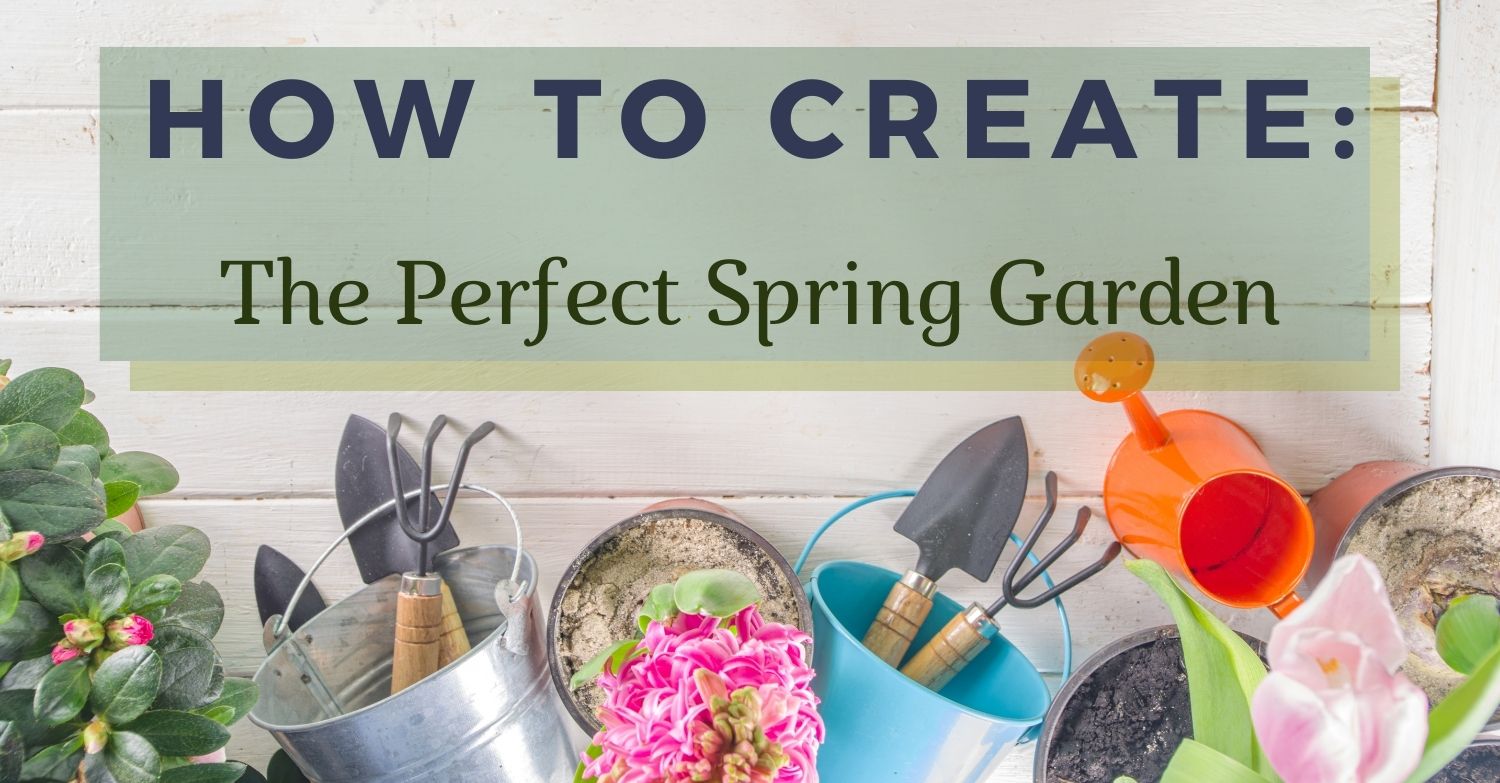
Create The Perfect Spring Garden
Spring is here, the birds are once again chirping, and the smell of freshly cut grass is all around. Meaning one thing, it is time to prepare your garden for the warmer season. Similar to giving your home or car a good spring cleaning after the long winter months, your garden needs a little freshening up as well.
Sometimes it can be a bit of a daunting task to tackle cleaning up and prepping your garden for the spring and summer; but with this easy guide, you should feel much more at ease and be able to perfectly prepare your spring garden, with no stress involved. You are going to have the most healthy and vibrant garden in town!
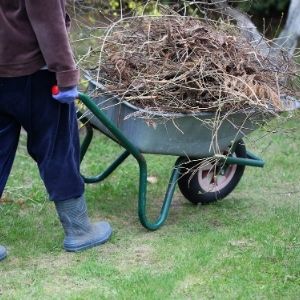

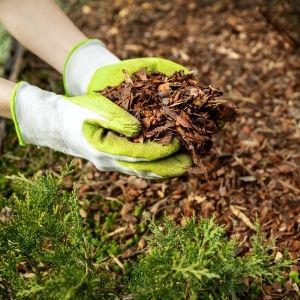
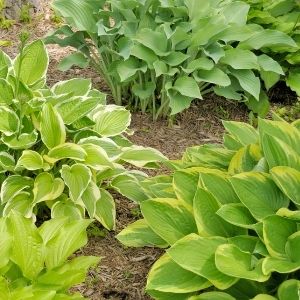
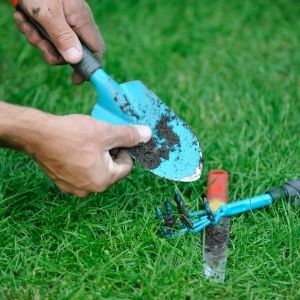
It is Time for Spring Cleaning
Tidy Up
Cleaning up your flower beds is key to having the perfect clean slate for the upcoming growing season. First, remove any protective mulch from around your perennials and ornamental grasses. Clear away any dead leaves or debris from winter storms. Always remember to wear gardening gloves when working in your garden; they will help keep you protected from any plants with prickly leaves or toxic-to-the-touch plants. If your landscape has any stonework, check for any disruptive frost heaves. Disinfect your garden tools and finally, clean off your outdoor furniture to prepare for spending more time outside in the warmer months
Prune
Early spring is a great time to trim any trees or shrubs and prepare them for their growing period. If you did not prune your fruit trees in the winter, then prune them now. Make sure you prune before any buds begin to form or you could stress out the tree resulting in little to no blooming or growing period. If a plant blooms on old wood, mid-spring may be too late to prune without hindering blooms. Rather, you should wait until fall or the following early spring. It is also the perfect time to prune any summer-blooming trees or shrubs (if they bloom on new wood) and shrubs right before they let out new growth.
Mulch
Adding fresh mulch is one of the easiest ways to make your garden look neat and polished. It will not only help with the look of your garden, but it will also help retain moisture in your soil and keep weeds down. We recommend opting for an organic, natural mulch. Spread a 2 to 3-inch layer of mulch either with a rake or gloved hands, whichever you prefer. It is best to keep the layer as level and even as possible. This will reduce mulch from spreading and wandering due to heavy winds or rainy weather. It will often take more mulch than you expect to cover your garden beds, so it is best to get a bit extra to be on the safe side. Also, make sure to leave a gap between the mulch and the base of your plants because this could cause problems or diseases to arise if you mulch too close to the stem or trunk of the plant. If you have areas in your garden with downspouts that wash away mulch, try replacing the mulch with river rocks in those areas.
Spreaders
Some perennials love to spread, so try dividing them up before their spring growth begins. Spreading plants like hostas are necessary to divide up to ensure they don’t take over one area or look messy. Doing so will help maintain a tidy-looking garden and is a budget-friendly way to fill your garden with more plants. Another good way to keep existing perennials healthy is to identify any that grow in a large clump habit. If they do, then divide them up to avoid them from thinning out and encourage new growth. When digging up your plant, be careful not to break any roots to ensure healthy plants all around.
Clean Tools
It is easy to forget about keeping your gardening tools clean, but it is imperative to do so. Dirty gardening tools and pots can spread diseases from infected plants to healthy ones. Especially if you are planting or potting new plants, you don’t want to immediately infect them before they have the chance to establish and grow. Properly cleaning and disinfecting your tools will reduce the spread of any pests or diseases. You can clean your tools by using a variety of cleaning solutions. Bleach is a great way to clean without purchasing a special disinfectant. However, cleaning with bleach can be tricky and must be done properly. Mix your bleach with water at a 1 to 9 ratio; 1 part bleach to 9 parts water. It will clean large hand tools like shovels and rakes or large containers best. Keep this mixture away from any sharp pruning or cutting tools that could create pits and nicks in the metal.

Who Blooms When?
Early Spring
Early spring is the best time to plant any cool-season vegetables in your garden. Vegetables such as carrots, artichokes, potatoes, lettuce, etc., germinate best in cool soil conditions. Planting them in early spring will allow them to be ready to harvest by early summer. For some early spring flowers try planting daffodils, forget-me-not, primrose, grape hyacinth, and more! Keep in mind, some of these are perennials and may already be in your garden and ready to blossom when early spring arrives. However, if you are looking for some beautiful flowers to be in bloom early, these are great additions that will last for seasons to come.
Mid-Spring
Cool-season annuals such as pansies or snapdragons are perfect to plant early to mid-spring. They add a sweet pop of color early on to enjoy. These annuals also look bright and cheerful when they are in containers on your front porch for people to enjoy. If you add new perennials to your landscape, they will need some time to settle in before the hot summer months. It is vital to plant them at this time to allow them to establish themselves fully before their growing season begins. Mid-spring is also a great time to plant new trees and shrubs. Once the ground is no longer frozen, you are free to plant, and the earlier you can do this, the better. Planting them early on will allow their roots enough time to establish before temperatures get too hot.
Late Spring
Late spring is the best time for any warm-season veggies such as tomatoes, peppers, and all sorts of herbs. A great time to pick out flats of your go-to summer annuals like petunias or zinnias would be during the late spring. We recommend picking some that have not bloomed yet to allow you to have healthier plants in the long run. Are you looking to add some dahlias or gladiolus to your landscape? As long as there is no threat of a final winter frost, you are free to plant them wherever you please.

Remove the Pests, Keep the Rest
Before spring comes in full force, it is important to get rid of any pesky invaders before they make a home out of your garden. As mentioned earlier, cleaning up your landscape by pruning and mulching are great ways to remove bugs hiding in debris. For example, ants love to make a home out of dead logs or trees. By removing them, you will have a lower chance of having an ant infestation this year.
You know it is spring when you hear lawnmowers buzzing around the neighborhood. It is important to keep unwanted pests away by mowing your lawn as soon as it is ready. The longer the grass is, the easier it will be for pests to hide. Proper water treatment is also a great way to keep your lawn pest-free. If it is a dry spring, water your landscape, this will encourage good wildlife and combat annoying visitors from making themselves comfortable. However, do not overwater your garden because any standing water areas will attract mosquitoes.
Overall, it is crucial to keep a close eye on your garden in early spring. The ability to catch any unwanted insects early is the key to having a healthy and happy garden all season long.
It is also important to remember that not all bugs in your garden are unwanted. Pollinators, in particular, are there for all the right reasons. By treating your garden with harsh pesticides and other insect killers, you could be harming the good bugs too. Pollinators like bees, hummingbirds, butterflies, and more, are there to help your garden stay healthy. Avoid treating with pesticides until you have tried every natural option available; this helps keep the good bugs alive and well.
Staying ahead of the game and preparing your garden for the blooming season is the best way to have a successful gardening season. Removing pests, tidying up, and starting with a clean slate will allow all your beautiful new plants to blossom to their fullest potential, and that is a happy garden.
Stop by Patuxent Nursery today for all of your gardening needs! We have everything from plants to tools, to insecticides, mulch, and more. Come check out all we have to offer and speak with our plant experts today!



